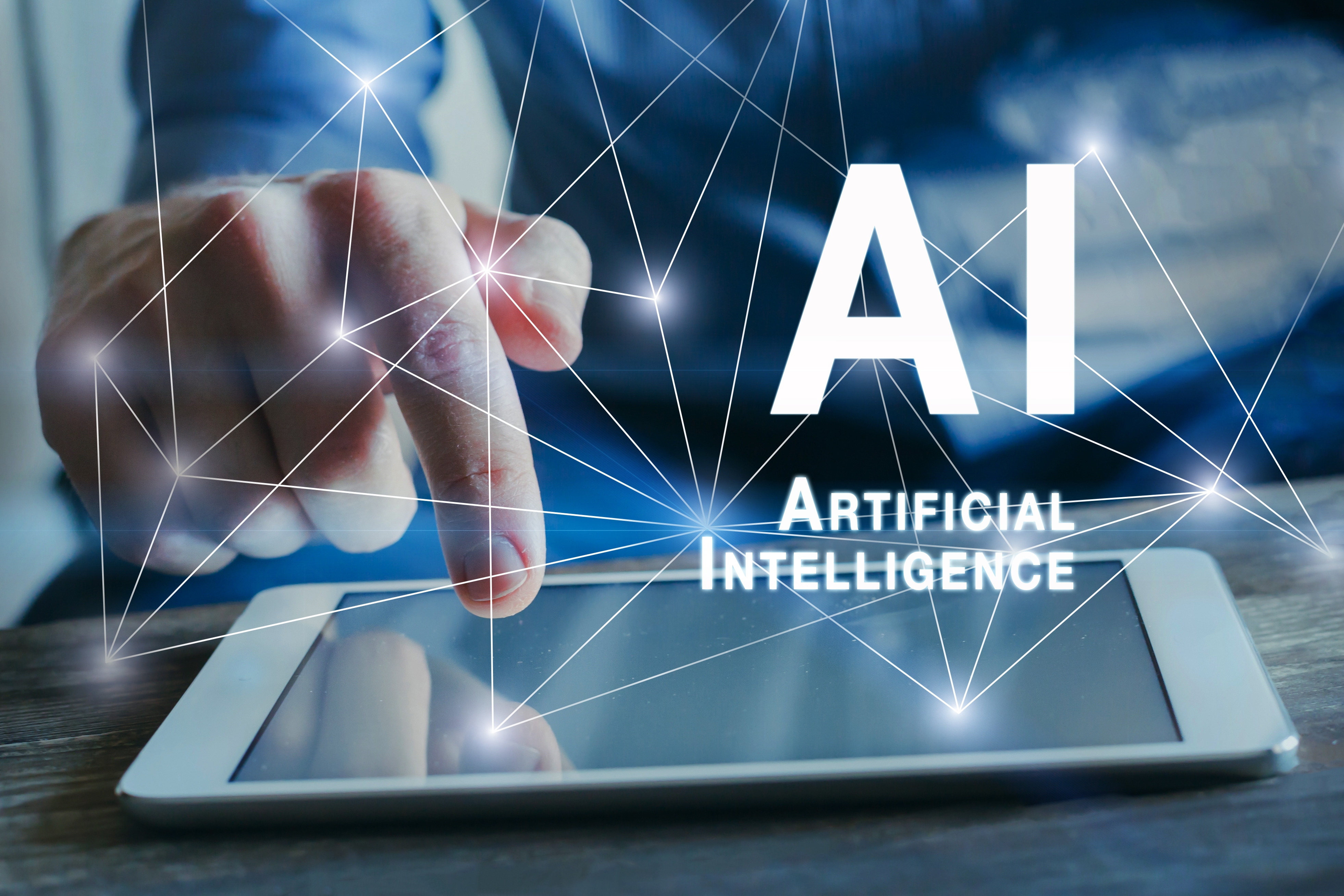
How many times have you been in a situation where you urgently need to get through to a customer service agent, phone lines are busy or the contact centre is closed, and then as a last resort you end up speaking to a chatbot, only for it to say, “I’m sorry I don’t understand your question, do you mean…?” It’s frustrating isn’t it?
We’ve all been there. It’s this painful experience that has led many of us to believe that automation is inefficient and ineffective. Over half of the population still prefer to deal with humans rather than chatbots according to a BI Intelligence Report.
The biggest challenge a lot of chatbots have is misinterpreting language, and more specifically, its underlying intent. The reason for that is that they rely on specific rigid workflows with defined answers. So, if a customer asks for something in a way outside of its pre-defined flow, it can’t understand and churns out an apology or an irrelevant answer.
However, thanks to artificial intelligence, chatbot technology is advancing at light speed and it’s now so good that it’s being used in some of the UK’s most critical services including the police, NHS, mental health charities and other social services. Previously stereotyped as technology that “isn’t there yet”, chatbots are now transforming the way customer service is delivered.
How does Artificial Intelligence add value?
When we hear the term “Artificial Intelligence” (AI), it’s hard not to think of dystopian science fiction. But the reality is AI technology is transforming innovation in customer service—and rightly so.
Customer expectations are increasing, and the culture of immediacy is here to stay. In a world where we can access anything, anywhere, anytime, customers won’t wait days or even hours for a response. By understanding and then automating responses to repetitive and transactional queries, chatbots are alleviating the burden on service agents – freeing up their time to focus on more complex queries and those that need them the most.
Of course, this is vital when it comes to critical services and public safety where not getting a response straight away could mean life or death, but in any context, ‘customer is king’. All organisations need to keep on top of the changing nature of demand, and AI is the secret weapon that is allowing them to do just that.
Natural language processing:
Natural language processing (NLP) is a branch of AI that enables machines to understand human language. NLP analyses the grammatical structure of sentences and the individual meaning of words then uses algorithms to extract meaning and deliver outputs. In other words, it makes sense of human language so that it can automatically perform different tasks.
When we talk about NLP, there are two important subsets that we need to cover: Natural Language Understanding (NLU) and Natural Language Generation (NLG).
NLU analyses text to determine the meaning of a sentence. It does so by trying to understand the underlying intent of a sentence looking at the relationship between the words and phrases. In chatbots, NLP then structures this unstructured data to see if there is any valuable content that a process can fulfil.
NLG then tries to make the answers to the questions that the customer is asking more conversational and human-like. This is particularly important when it comes to structured data questions. For example, if you were to ask what the weather is like next week, instead of getting a structured and set response which says:
“Monday there is 90% chance of rain, Tuesday it is cloudy with 40% chance of rain” etc
You would get a response that is more conversational such as:
It’s raining most of the week, but on Friday, it is sunnier in the afternoon.
Machine Learning:
So how does machine learning fit in? Well, it’s also a branch or subset of AI and its algorithms teach machines how to automatically learn and improve from experience. Chatbots use NLP to interpret what customers say and machine learning to automatically deliver more accurate responses by learning from past interactions.
This is hugely important when classifying elements of dialogue such as severity, tone and formality to understand what a conversation is about. This adds value to high-risk environments, such as the police or other critical services by learning to triage and prioritise queries. People with high-risk problems can be put into contact with the right agent with the right skill at the right time.
To pick an extreme example, if you’re working in a critical service such as suicide prevention, it’s not enough to pick up on trigger words such as “suicide.” In a real-life situation, there are many ways a person can show this intent without using a specific phrase like “I’m feeling really depressed and can’t go on.” Machine learning can recognise that intent because it has ‘learnt’ to classify emotion, tone, sentiment and phrases in a particular context. Context obviously changes but the underlying methodology applies to any sector, delivering a more efficient and significantly elevated customer experience.
The Future of Customer Service Technology is Now
As a result of the incredible advances in NLP/NLU techniques through AI, you can add considerable value to customers and customer service agents by automating low risk and high-volume enquiries and preventing that traffic going into the already busy contact centres. By rerouting most transactional queries, you can help someone genuinely in need of your service, that otherwise wouldn’t be able to get through.
The charity CALM (one of Futr’s customers) automates FAQs and signposts to other content when its users are in the queue to speak to an agent. As a result, they’ve seen a significant reduction in queue time due to people having found what they are looking for through self-serve.
Artificial Intelligence development will continue to make customer experience and interactions more convenient, frustration-free and personalised. Undoubtedly it will get more sophisticated in the near future unlocking unlimited potential but it’s worth pointing out how transformational tech is out there that can be deployed right now.
Speaking to customers where they are:
Most customer service today entails customers coming to your organisation for your service. But wouldn’t it be great if you could take your service to where your customers are? Why not reach your customers in any of the messaging apps or social media channels they’re already using?
You can. Chatbot platforms like Futr provide an omnichannel ecosystem which provides two-way connectivity with your customers. Customer service agents use this two-way connectivity to follow up with customers after their interaction, whether that’s with information that was previously unavailable, to ask for feedback or to make announcements.
Actionable insight on customers:
The ideal future for customer service technology is being able to use the actionable insight from data to improve services and offer a more personalised experience. For example, by identifying patterns in the types of queries that are coming in, organisations could offer pre-emptive support to customers and adopt a more proactive approach, rather than just being reactive.
AI technology is already the new frontier of customer service but it’s not here to take away or replace the important humans behind the customer service. Instead, AI can help reduce the burden on customer service agents, give them the superpowers they need to be even better at their job and give customers an experience that exceeds their expectations.


